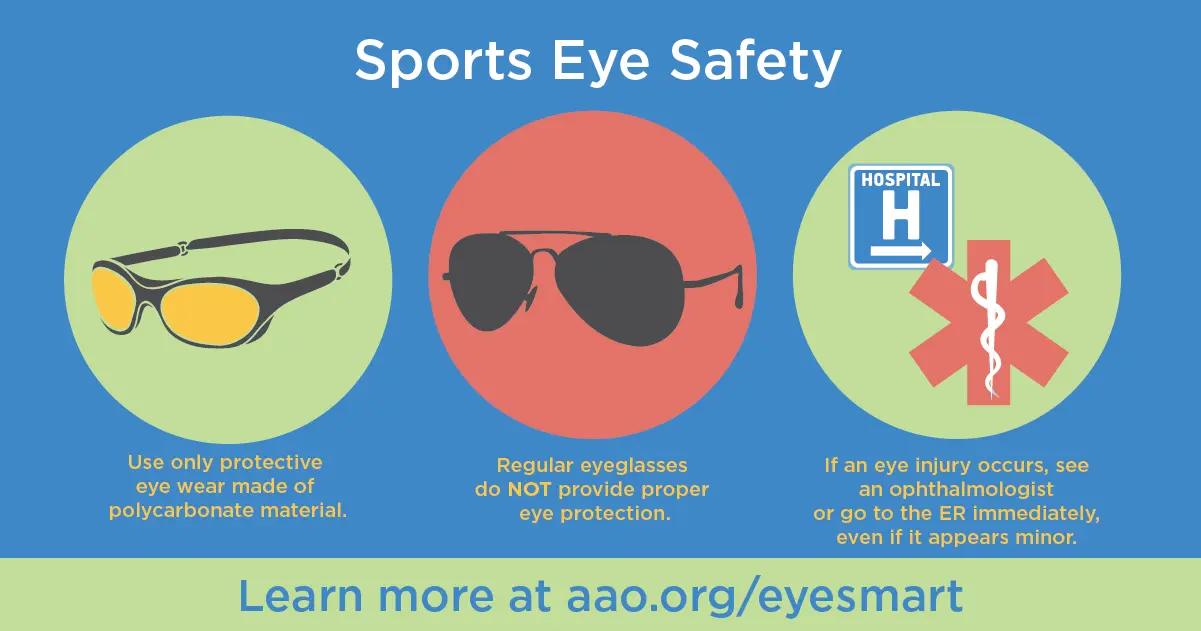Parents: Here are 5 Steps to Protect Your Young Athletes’ Eyes
Nearly 30,000 people suffer sports-related eye injuries every year. An astounding 90 percent of these ER visits could have been avoided if the athlete wore protective eyewear. Even the most low intensity sports activities pose some risk for eye injuries. From basketball to racquetball, from youth leagues to the pros, players need to protect their eyes. Insight Eye Specialists and the American Academy of Ophthalmology are reminding the public that the best defense against potentially blinding sports-related injuries is wearing protective eyewear.
“Getting athletes of any age to wear protective eyewear is a challenge,” said Dianna Seldomridge, M.D., clinical spokesperson for the American Academy of Ophthalmology. “Ophthalmologists hear all the reasons for not wearing eye protection: it’s cumbersome, it will impair peripheral vision, it will fog up. But sports goggles have vastly improved over the years. And if you start your kids early, wearing protective eyewear will become as natural as donning a batting helmet as they step up to the plate.”
Among the common sports-related eye injuries ophthalmologists routinely treat are corneal abrasions, bruising around the eye, retinal detachments, and internal bleeding.
Here are some safety tips for all athletes to practice:
• Check and follow sport specific requirements and standards regarding eye protection
• Consider replacing eyewear once yellowed or damaged to ensure the best protection
• For basketball, racquet sports, soccer and field hockey, wear protective eyewear with polycarbonate lenses
• For snow or water sports, consider eyewear with UV protection to avoid sunburn or glare
• Athletes who wear contacts or glasses should still wear eye protection; contacts and regular eyeglasses are not replacements for protective sports eyewear
If you experience an eye injury, seek medical attention immediately, even if the injury seems minor; sometimes noticeable symptoms develop later.
For more information on eye health, visit the American Academy of Ophthalmology’s EyeSmart® website.

Comments are closed.
